Various RPG Theory / Theories / Models
- The Role-Playing Game Professional (RPGP) Optimized RPG Experience Model (aka Hawkes-Robinson RPG Theory Model and RPG Formats)
- Threefold Model
- GEN Theory
- The Big Model or Forge Theory
- Color Theory
- Channel Theory
- Wu-Ge Model (Wunderkammer-Gesamtkunstwerk (Wu-Ge) Model)
- The Turku School
- The Meilahti School
Below are excerpts from the Role-Playing Game Professional Optimized RPG Experience Model and Core RPG Formats
The Four Core RPG Formats and Sub-formats
According to the Hawkes-Robinson RPG Model, the boundaries between what is and is not a role-playing game can sometimes be “fuzzy”. Starting with the “quintessential RPG”, Dungeons & Dragons, and then spreading out from there in many directions. There is never universal agreement in some areas, and there can be many overlaps between various other games as well as between RPG formats. In this model, there are 4 major formats (with their initialisms):
1. Tabletop (TRPG)
2. Electronic (ERPG)
3. Live-action (LRPG)
4. Hybrid (HRPG)
There are many sub-formats, as well as examples of “not RPG” to illustrate different spectra. This has been illustrated with the Hawkes-Robinson RPG Formats “Amoeba” Euler diagram. The latest versions of this model and diagrams can be found at www.rpgmodel.com
Below is an example of this diagram developed in the early 2000s by W.A. Hawkes-Robinson, this is a 2023 revision.
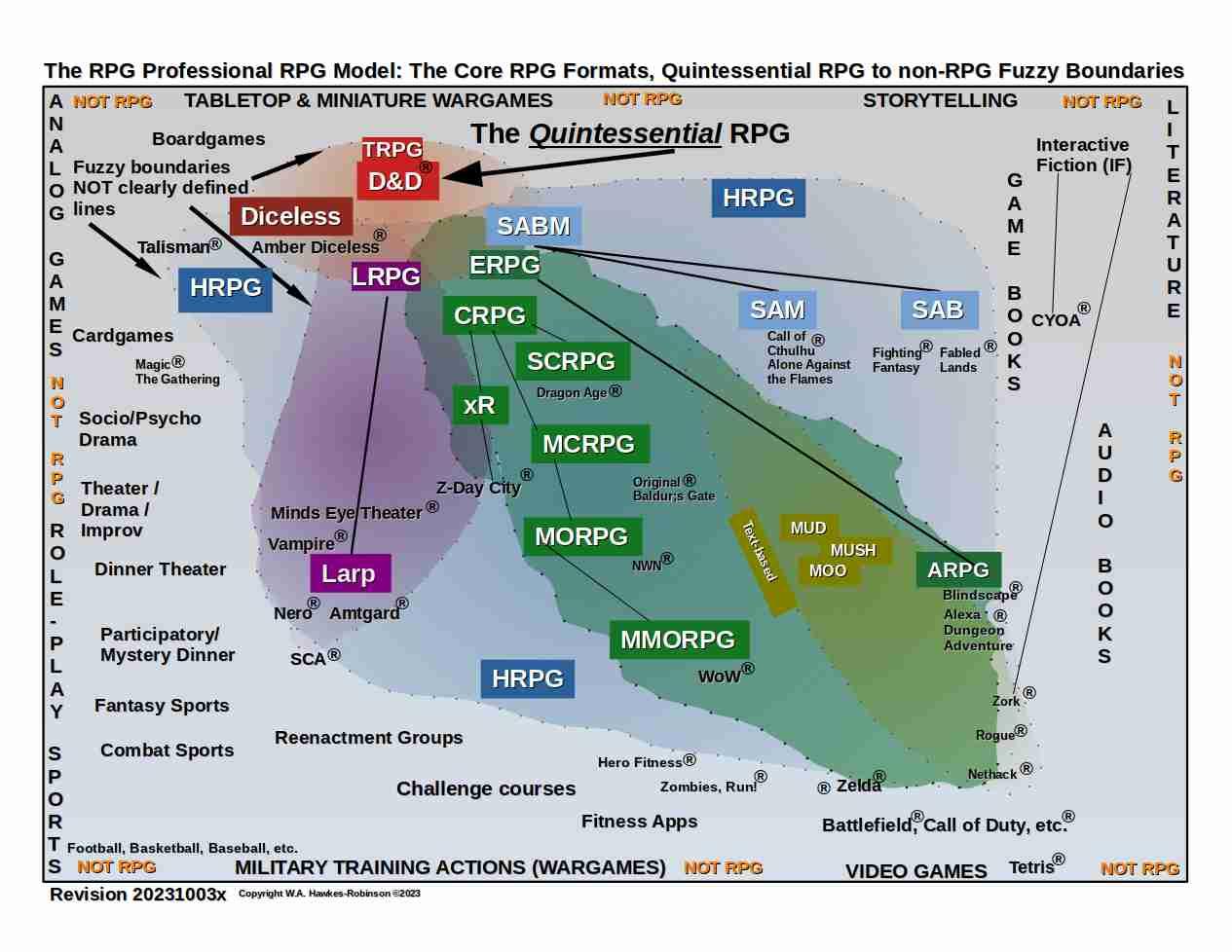
Text from the diagram is listed below (excerpts from W.A. Hawkes-Robinson's RPG Theories and the Core RPG Formats).
This theory posits that the quintessiential RPG is OD&D, and on the other extreme as an example of "definitely not an RPG" is Tetris. Then everything else falls somewhere in between. Furthermore these are "fuzzy boundaries" without full concenses about what does and does not actually quality as an RPG, so these are approximate fuzzy lines between the formats with room for debate about the exact placement in relationship to the two extreme ends of the examples, but that it does reasonably represent an approximate overall relationship between closeness of matching and not matching.
This Euler diagram is based on the assumption that the original 1974 Dungeons & Dragons (retronym OD&D) is the most "Quintessential"* and most widely accepted published original example of the invention relevant to the term "Role-Playing Game", and then everything else.
Starting with "inside" the RPG Formats:
| Core Format | Sub-Format | Abbreviation, Acronym, or Initialism | Specific Example Product | Notes |
| Tabletop Role-Playing Game | TRPG | Original Dungeons & Dragons (D&D / OD&D) | ||
| Diceless | Amber | |||
| Lords of Olympus | ||||
| Lords of Gossamer and Shadow | ||||
| Golden Sky Stories | ||||
| Live-Action Role-Playing Game | LRPG | |||
| Live-action role-play | larp | Minds-Eye Theater | ||
| Vampire | ||||
| Nero | ||||
| Amtgard | ||||
| Electronic Role-Playing Game | ERPG | |||
| Computer-based | CRPG | |||
| Solo Computer-based | SCRPG | |||
| Extended Reality (Augmented, Virtual, Modified, etc) | xR (AR, VR, MR, etc.) | |||
| Audio | ARPG | |||
| Multiplayer Computer-based | MCRPG | |||
| Multiplayer Online | MORPG | |||
| Multi-User Dungeon | MUD | |||
| Multi-User Shared Hallucination/Hack/Habitat/Holodeck / Chat/Created/Computer/Character/Carnal Kingdom/Kit | MUSH / MUCK | |||
| MUD Object Oriented | MOO | |||
| Massively Multiplayer Online | MMORPG | |||
| Hybrid | HRPG | |||
| Solo Adventure Books & Modules | SABM | |||
| Solo Adventure Book | SAB | |||
| Solo Adventure Module | SAM | |||
| Call of Cthulhu Alone Against the Flames | ||||
| Call of Cthulhu Against the Darkness | ||||
| "NOT RPG" Outside of the RPG Formats but listed as examples in the debate of boundaties | ||||
| Analog Games | ||||
| Boardgames | ||||
| Military Training Actions (Wargames) | ||||
| Live-action | ||||
| Wargames | ||||
| Tabletop Wargames | ||||
| Miniature Wargames | ||||
| Sports | ||||
| Storytelling | ||||
* Definition of Quintessential:
Cambridge: "being the most typical example or most important part of something"
Merriam-webster: "perfectly typical or representative of a particular kind of person or thing", "something that is a typical part or pure example"
Oxford: "representing the perfect example of something"
Optimizing Role-Playing Game Experiences Controlling Variables Impacting Immersion, Flow State, and Bleed
Very rough draft - still a work in progress (like so many others).
NOTE: The Bleed and Flow diagrams assume only that there is an interaction between them and other variables that impact them. For those people wishing to optimize flow experiences, or control bleed experiences, these are some of the considerations to take into account. This is not meant to suggest that Flow State is the only, or necessarily best, state for optimizing the benefits of role-playing games to achieve specific goals. Rather it is one of many possible to take into consideration when creating a program to use role-playing games to achieve measurable goals. There are many other approaches possible. This is just one area in slowly chiseling away at the extensive multivariate considerations of using applied role-playing gaming. Your assessments of your clients and their needs, should be cross-indexed with which areas should be focused on to achieve the desired results. So, assuming you are in a program that desires to increase opportunities for immersion and flow state, and use bleed to benefit the generalization process, that is where the Flow and Bleed Theory combined diagrams can be taken into considerations.
Bleed aspects inspired by Professor Sarah Lynn Bowman, Ph.D. Nordic Larp article: https://nordiclarp.org/2015/03/02/bleed-the-spillover-between-player-and-character/
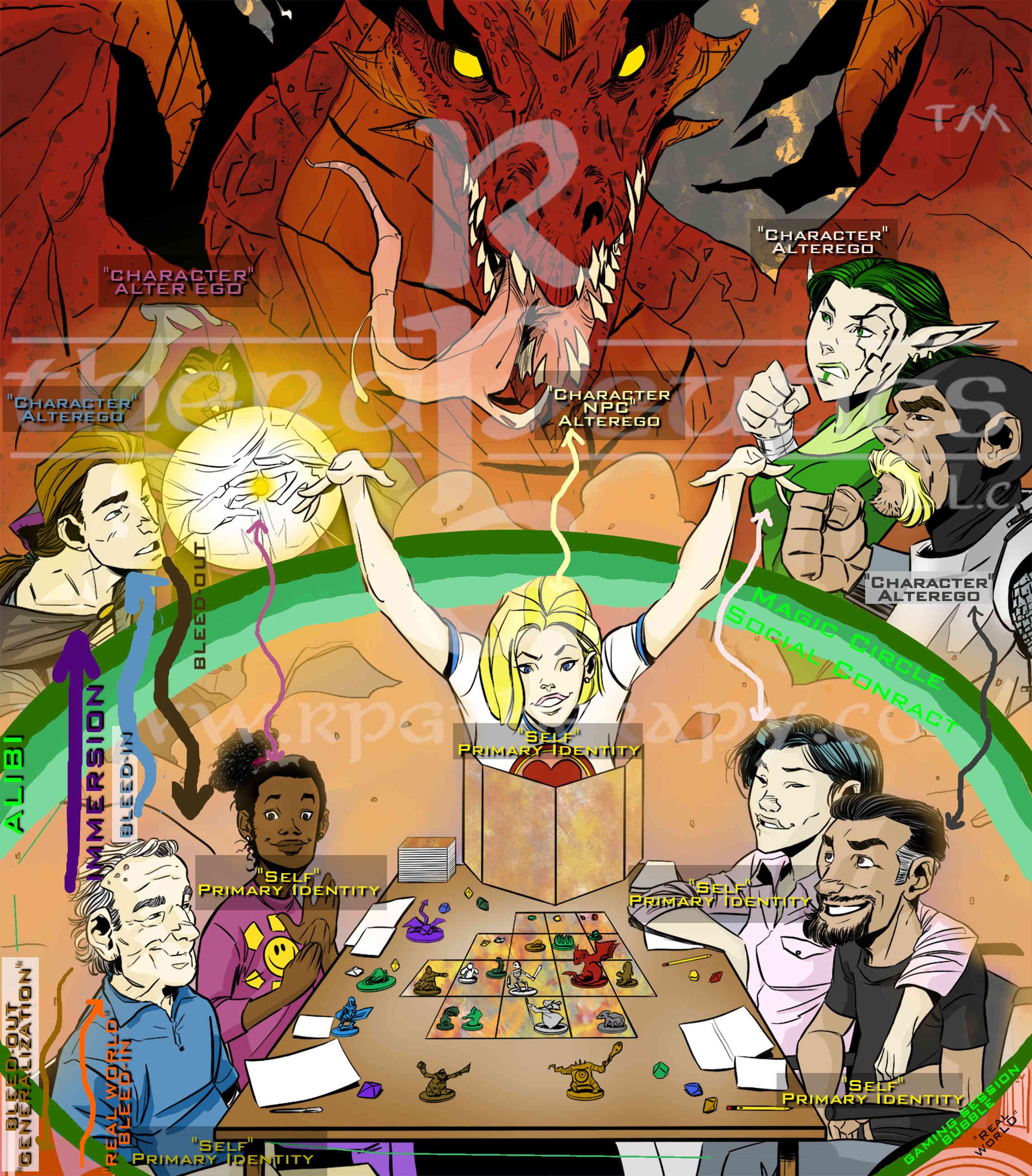
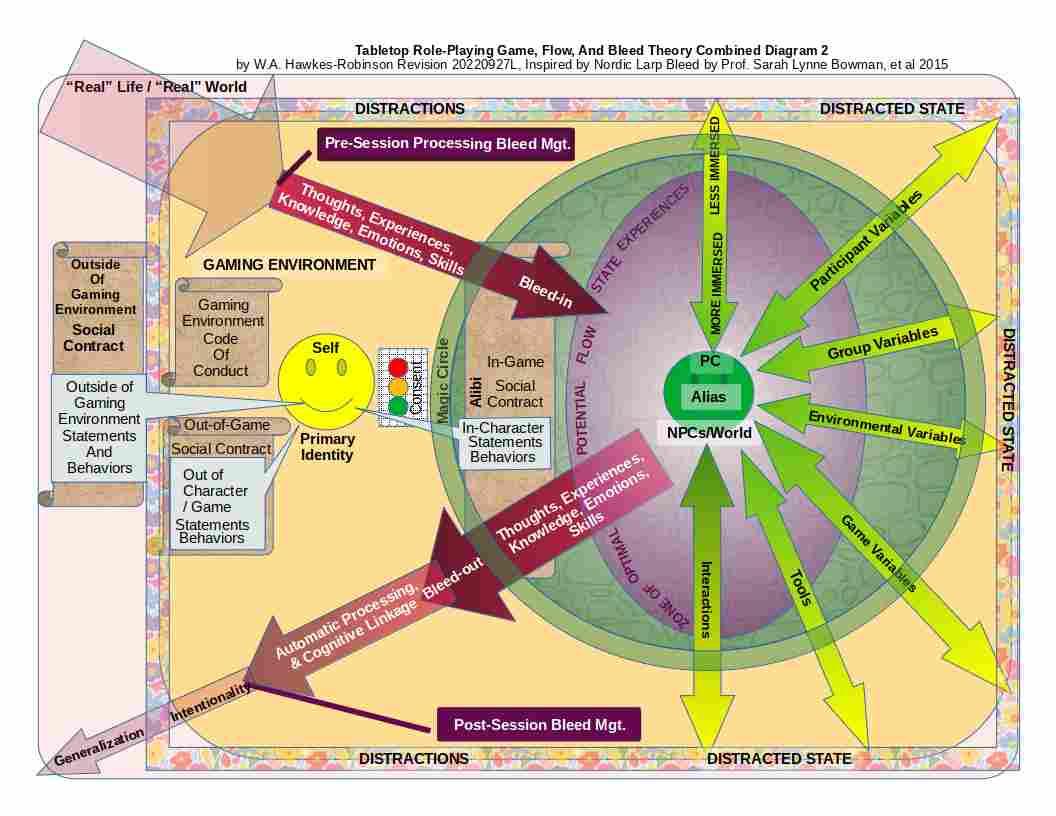
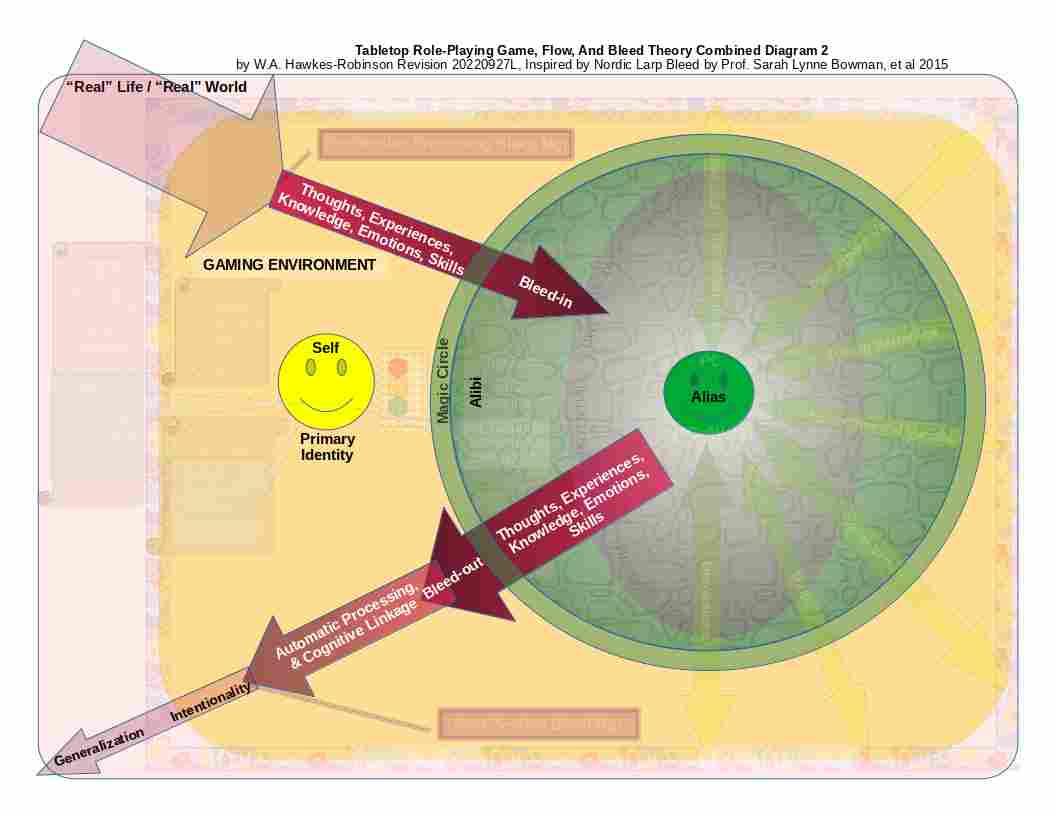
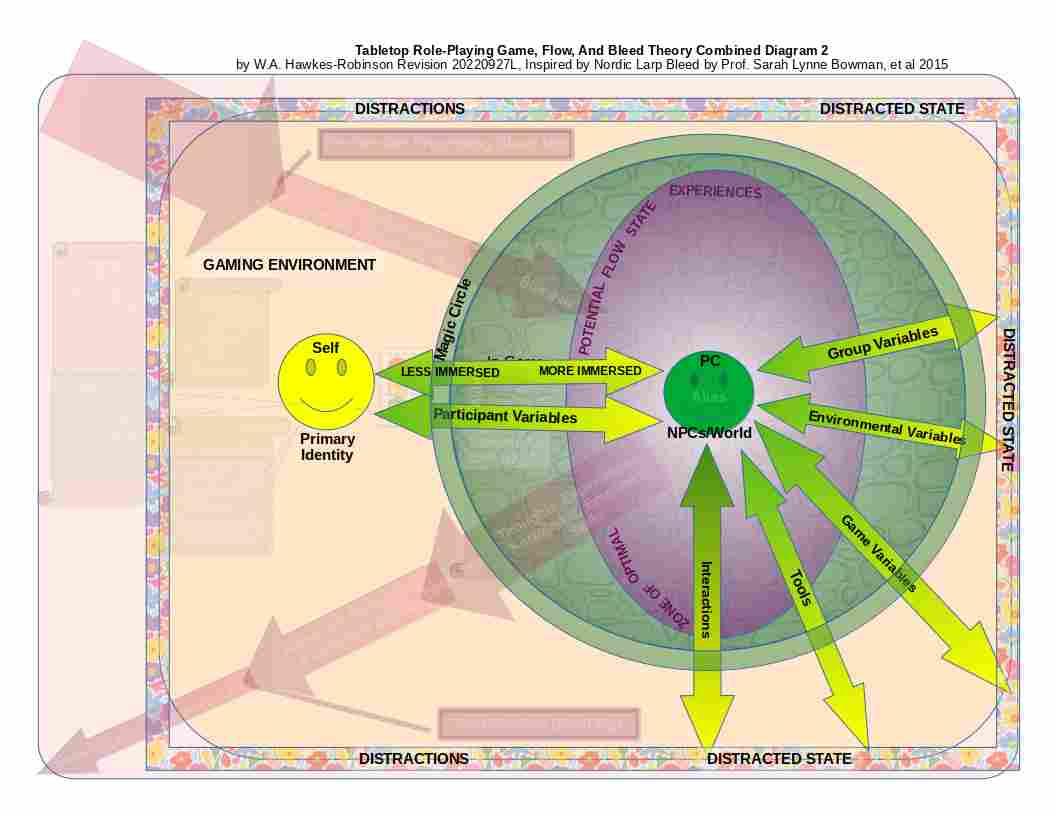
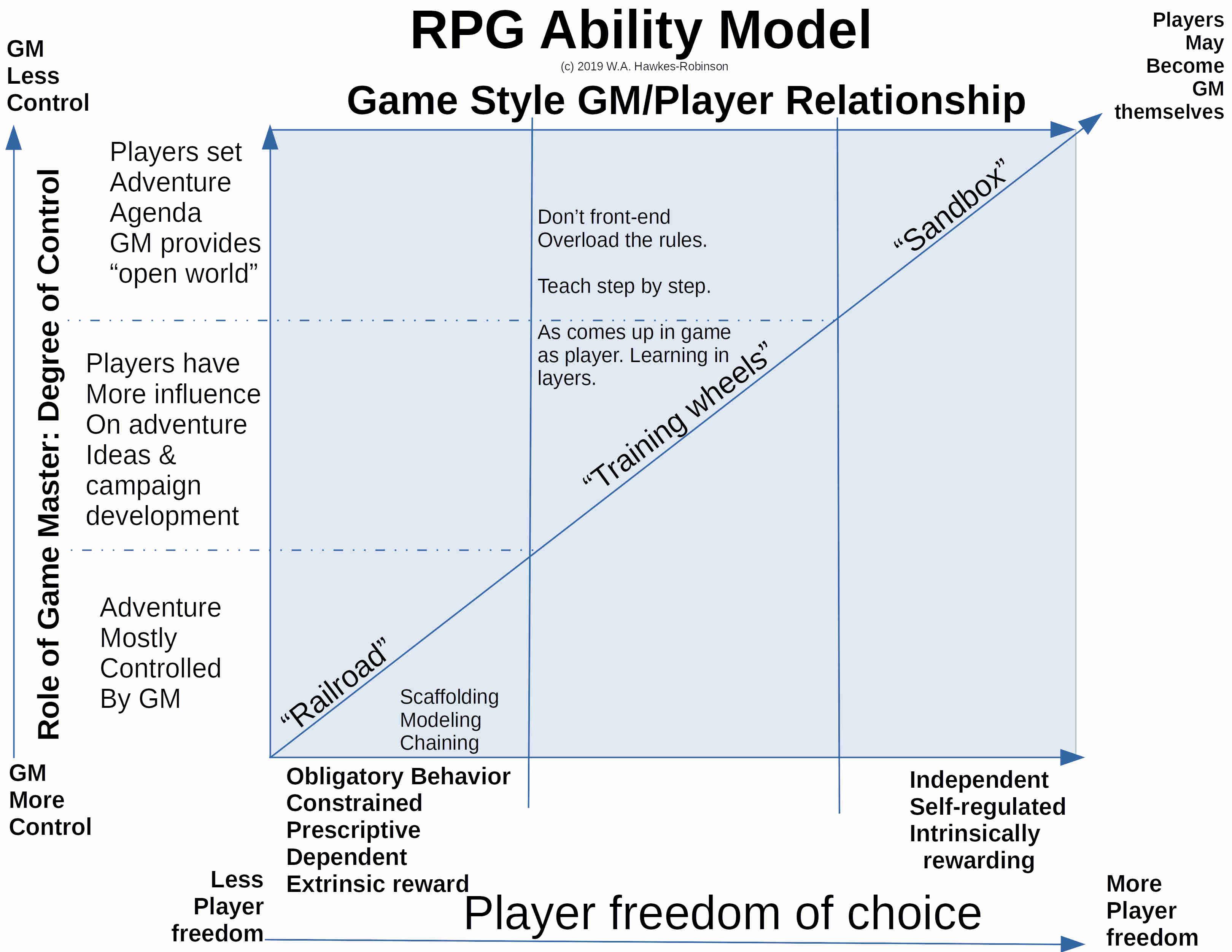
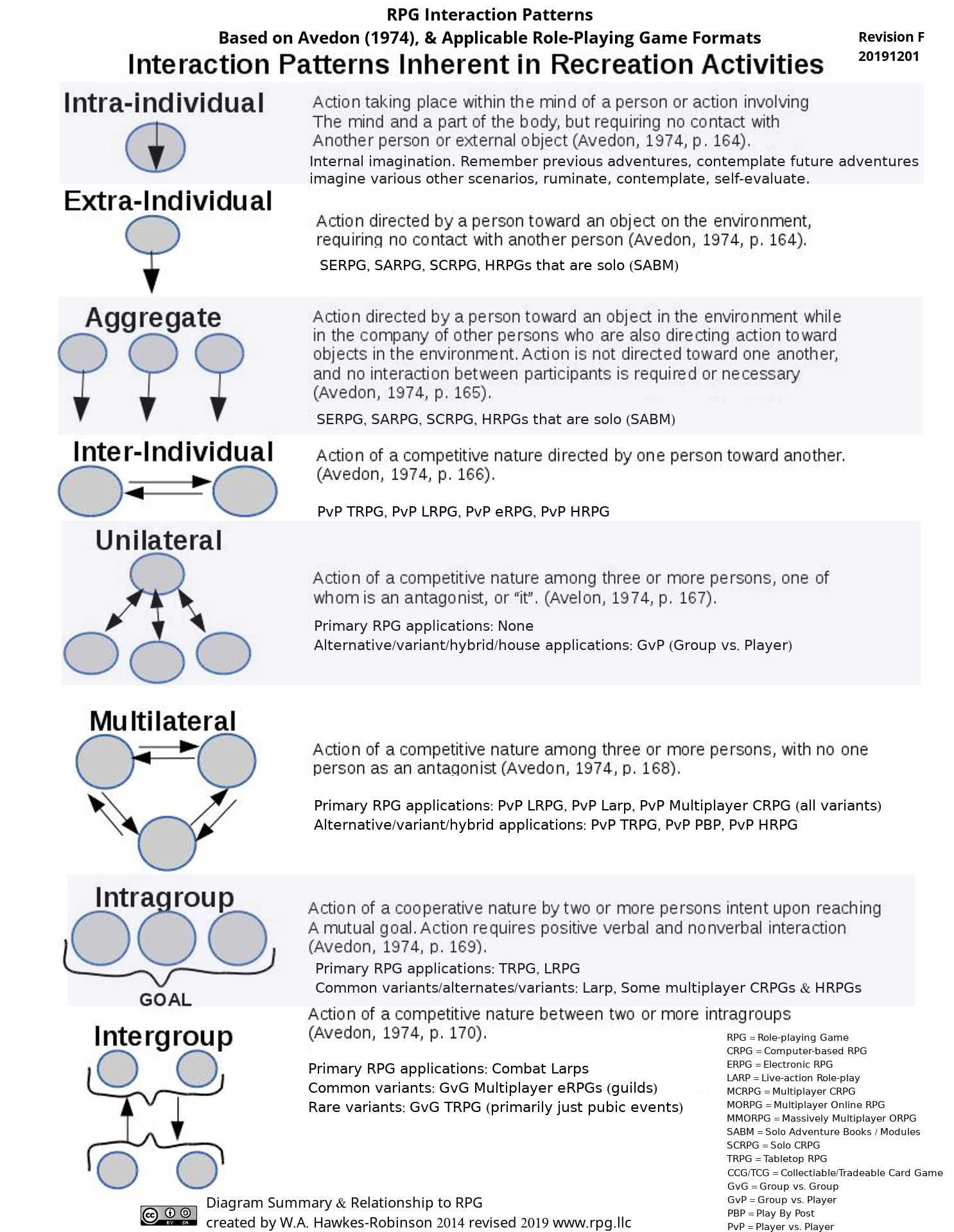

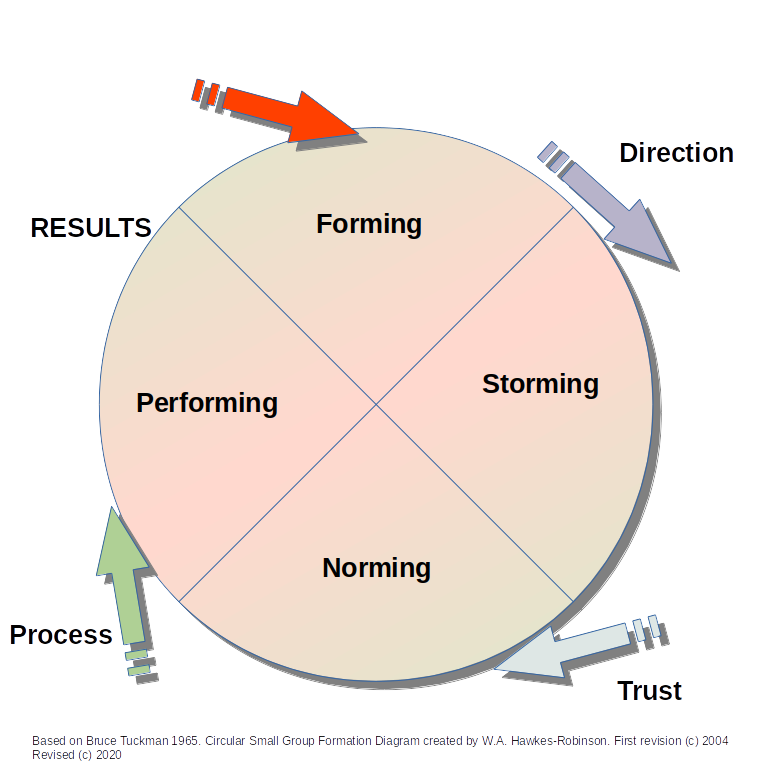
DIKW - Data, Information, Knowledge, Wisdom Hawkes-Robinson model through exploration, experimentation, RFC, documentation, and iteration.
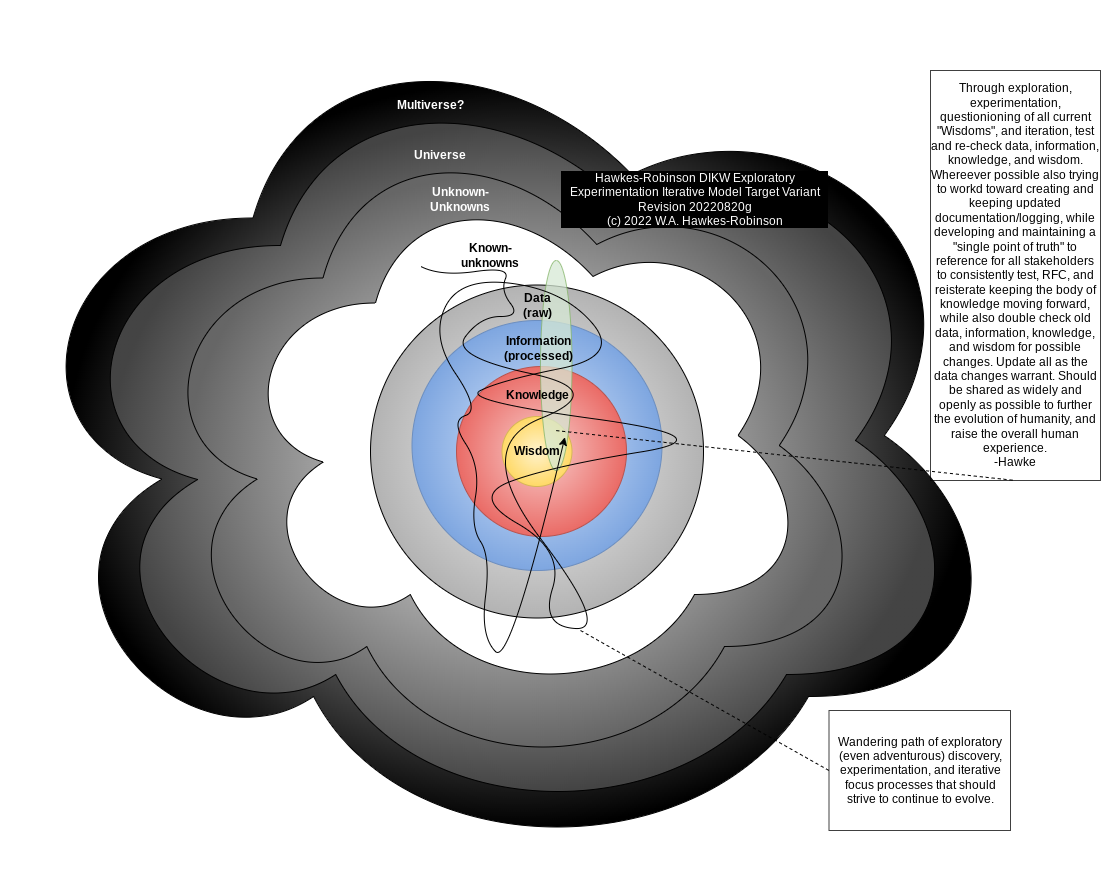
More narrative information at:
- The 4 RPG Formats: https://rpgresearch.com/rpg-formats
- Pros and Cons of each RPG Format: https://rpgresearch.com/blog/blog-news-category/overview-list-of-the-pros-and-cons-of-each-role-playing-game-format-updates
- Improving Functioning and Quality of Life Through RPG Therapy : https://www.linkedin.com/pulse/how-role-playing-games-help-neurodiverse-autism-hawke-robinson
- Rough list of Theories Relevant to RPG Theory, Assessment, Research, Tips & Tools of the Trade, Standards, and Related Discussions / Lectures at RPG Research: https://w3.rpgresearch.com/Members/hawke/recent-rpg-theory-related-discussions-lectures-at-rpg-research
- https://w3.rpgresearch.com/research/archives/public/research-questions/rpgs-primer-dont-split-the-party
- Analysis of the Transtheoretical Model of Behavior Change Analysis of the Transtheoretical Model of Behavior Change
- Variables Optimizing the RPG Experience for maximum potential of flow state experiences: https://optimizedrpg.com
- TR Ability Model: https://rpgresearch.com/tr-ability-model
- RPG Ability Model: https://rpgresearch.com/rpg-ability-model
- RPG Activity Analysis Form (RPG AAF): https://w3.rpgresearch.com/blog/formal-activity-analysis-of-different-role-playing-games
- RPG Task Analysis Form (RPG TAF):
- RPG Observed Immersion Scale (RPG OIS)
- Avedon Interaction Patterns and RPG Formats: https://rpgresearch.com/avedon
- RPGs and Tuckman Small Group Dynamics: https://rpgresearch.com/tuckman
- RPGs and Cognitive Neuropsychology of Learning Complex Systems: https://rpgresearch.com/rpg-brain-health
- RPGs and Barriers to Entry:
- BFRPG: https://w3.rpgresearch.com/blog/breaking-down-the-rpg-barriers-to-entry-with-bfrpg
- NTYE and BECMI 1: https://w3.rpgresearch.com/blog/becmi-basic-d-d-now-our-introductory-rpg-of-choice-and-ntye
- RPG Accessibility for disabilities and neurodistinctions:
- RPG Play Styles, Stereotypes, and Archetypes: https://rpgresearch.com/how-to-use-knowledge-of-role-playing-game-play-styles-to-optimize-the-rpg-experience-(update)
- RPG System Assessments and Recommended Applications for Risk Populations:
- RPGs in Prisons: https://rpgresearch.com/blog/blog-news-category/rpg-in-prisons
- https://w3.rpgresearch.com/about/faqs/do-you-have-a-top-10-rpg-list
- https://w3.rpgresearch.com/community/dropin/ideal-introductory-adventure
- https://w3.rpgresearch.com/staff/documents/operations-manual/training-operations/game-offering-tiers
- https://w3.rpgresearch.com/staff/new-volunteers/volunteer-training/game-offerings
- https://w3.rpgresearch.com/community/shows-meetings/rpg-research-training-day
- Removing Star Wars from our Tier 1 Game Offering: https://w3.rpgresearch.com/blog/removing-star-wars-from-our-tier-1-games-offerings
No comments yet. Start a new discussion.